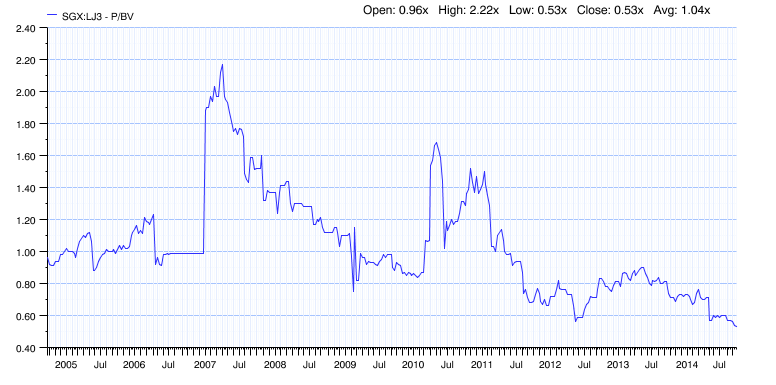There's a quote by Warren Buffett that says:
"Give your kids enough so that they would feel they can do anything but not too much that they would feel like doing nothing"
For those of you who are parents (or becoming parents to be), you would probably agree once you have children, your emphasis on life would greatly shift from your once lofty ambitions of becoming the number one mountain hikers in Mount Everest or a singer at Singapore idol to raising your children via your own philosophy of life. Kids are greatly influenced in their early lives by the behaviour of the people around them. and so you put greater focus on how you would communicate your philosophy of life to your children. They almost become your everything in life and suddenly you have a task greater than anything you previously did to make them adapt to this world and be a successful person.
There's inevitably many varieties to one's philosophy of life depending on where and how you were brought up yourself or the belief that you have strongly behold. For example, are you the type that believe in a fabled lifetime shower of parental handouts and assistance such that whenever your children runs off a problem that you always bail out for them. Or are you the type that only provides assistance to an extent they needed to be bailed out when required. It is always easy to say but difficult to practice in real life. Their blood will become thicker and twice more important than your own. Whenever they wanted a toy out of no special event, and the moment you can financially afford it, you would usually more than not succumb to his crying request.
 |
| B's precious baby :) |
The above quote by Warren Buffett probably resonates with what I am going to communicate to my children. I wanted my children to know that there are resources for them to start believing in the things they wanted to do yet not take it for granted that they do not have to lay a finger on anything to do nothing. I wanted to tell my children that going to University is one of the gateway to learn and obtain many resources but they are not the sole constraint of being successful in life. I do not want to be the dictator (liabilities) in their lives but rather an adviser (assets) that they can talk to whenever they needed a listening ear.
Comparing luxuries with the Joneses and societies has also become the prominent topics that I would like to educate my children. Instead, focusing on one's needs about being frugal and teaching them about the holy grail of saving during their early years will play an important role especially after they entered the working force. Investing strategy may eventually differ from individuals but basic investing in general is probably required to keep up with the economic times of rising inflation. So while I have invested a meagre of stocks in ST Eng for him to begin with, he'll be free to do anything he want with the strategy he believes when he grows up.
What about you? Are there any philosophies in life that you would like to pass down to your children?
Child Portfolio
No. | Counters | No. of Lots | Market Price (SGD) | Total Value (SGD) based on market price | Allocation % |
1. | ST Engineering | 2 | 3.77 | 7,540.00 | 100.0% |












